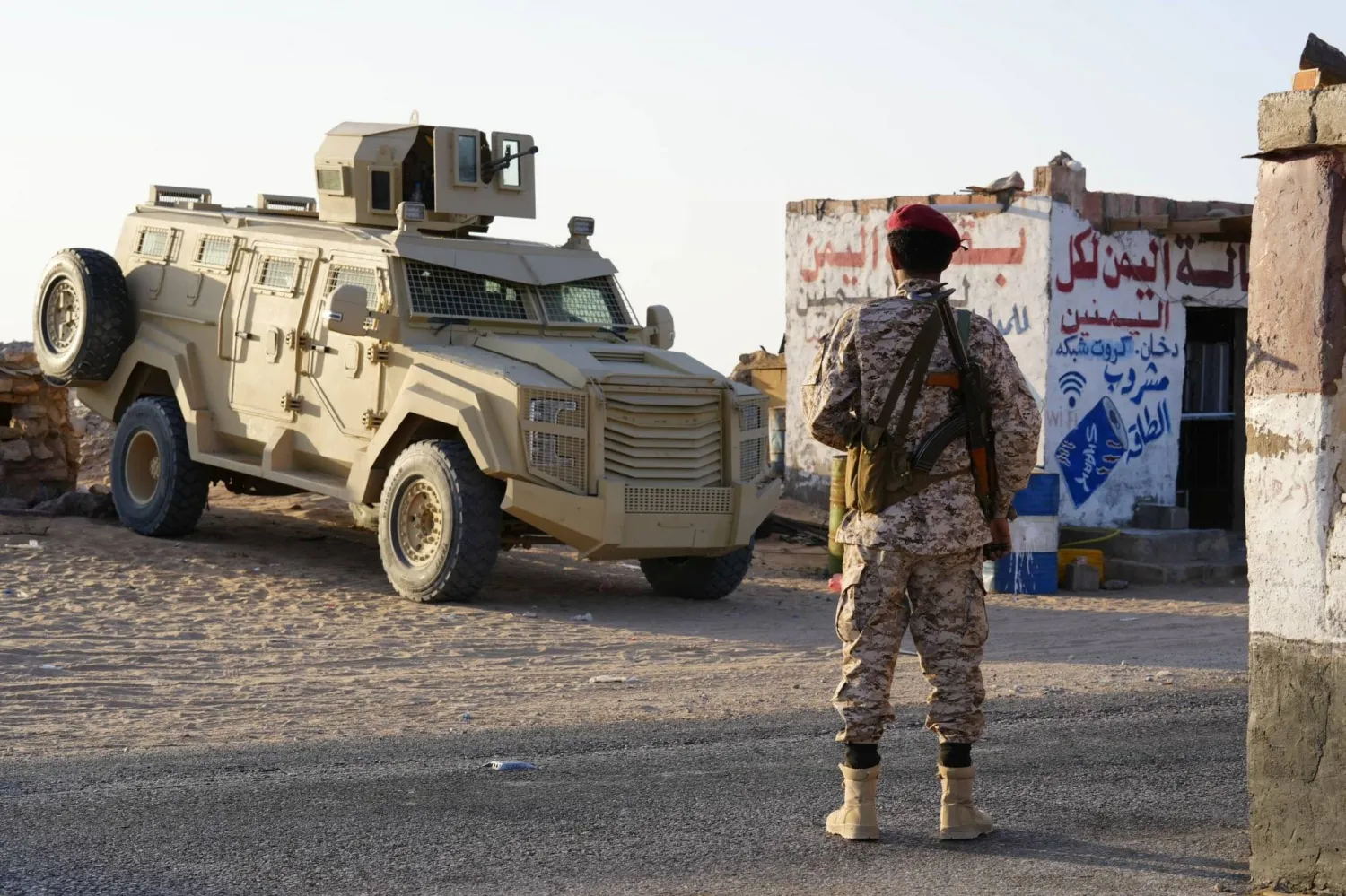Russian fighter jets flew dangerously close to several US drone aircraft over Syria on Wednesday, setting off flares and forcing the MQ-9 Reapers to take evasive maneuvers, the Air Force said.
US Air Forces Central released a video of the encounter, showing a Russian SU-35 fighter closing in on a Reaper, and later showed a number of the so-called parachute flares moving into the drone’s flight path. The flares are attached to parachutes, The Associated Press reported.
Lt. Gen. Alex Grynkewich, commander of 9th Air Force in the Middle East, said three of the US drones were operating over Syria after 10:30 a.m. local time, on a mission against ISIS militant group which was not detailed, when three of the Russian aircraft “began harassing the drones.”
In a statement, Grynkewich said one of the Russian pilots moved their aircraft in front of a drone and engaged the SU-35’s afterburner, which greatly increases its speed and air pressure. The jet blast from the afterburner can potentially damage the Reaper’s electronics, and Grynkewich said it reduced the drone operator’s ability to safely operate the aircraft.
“Russian military aircraft engaged in unsafe and unprofessional behavior while interacting with US aircraft in Syria,” he said, adding that the actions threaten the safety of the US and Russian forces. “We urge Russian forces in Syria to cease this reckless behavior and adhere to the standards of behavior expected of a professional air force so we can resume our focus on the enduring defeat of ISIS.”
Army Gen. Erik Kurilla, head of US Central Command, said in a statement that Russia’s violation of ongoing efforts to clear the airspace over Syria “increases the risk of escalation or miscalculation.”









